How to Get Rid of Gallstones (Including Gallbladder Cleanse & Flush)
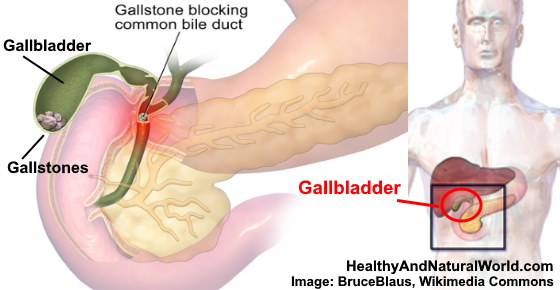
Getting rid of gallstones naturally can help prevent intense upper right abdominal pain and avoid the need for surgery. Gallstones are hard pebble-like deposits of digestive fluid that can form in your gallbladder. Natural remedies for gallstones can include ingredients like apple cider vinegar, lemon juice, dandelion, artichoke, or milk thistle.
Best Diet After Gallbladder Removal (Cholecystectomy) – Science Based
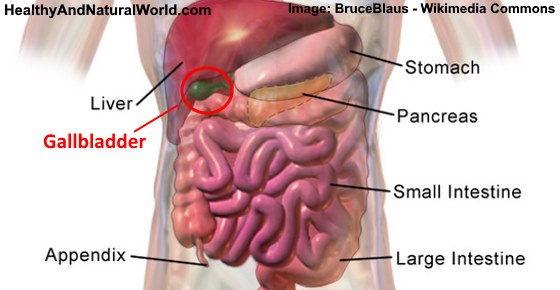
If you had a gallbladder removal (cholecystectomy), your digestive system will still continue to function after removing your gallbladder, but you may have to change your diet. The best type of diet after a gallbladder removal includes foods high in fiber and low in fat. Your diet after gallbladder surgery should also limit acidic and fatty foods, as these may cause digestive upset.
Gallbladder Attack: How Does it Feel Like, Symptoms & Treatments
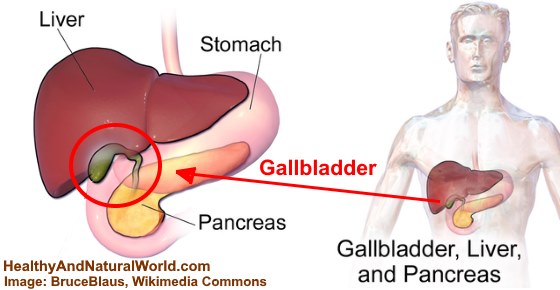
Sudden, intense pain in your upper right abdomen that gradually gets worse is how many people describe a gallbladder attack. When gallstones block the bile duct, the result can be a gallbladder attack, causing sharp aching pain under your right ribs that can last for up to a few hours. Many people say that a gallbladder attack feels like some of the worst pain they have ever experienced.
Excess Stomach Acid (Hyperchlorhydria): Causes, Symptoms and How to Lower It
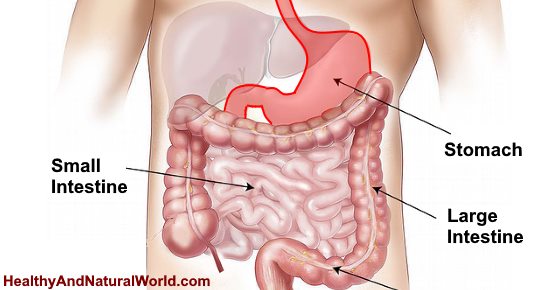
Your body can produce excess stomach acid if you have a gastric infection (such as Helicobacter pylori), too much gastrin hormone or under stress. Having too much acid in your stomach (medical name hyperchlorhydria) can also cause a lot of gastric discomfort. For example, excess stomach acid symptoms include burning sensation in your chest, abdominal pain, too much gas, or constipation.
Left Side Head Pain: What It Means and When to See a Doctor Quickly
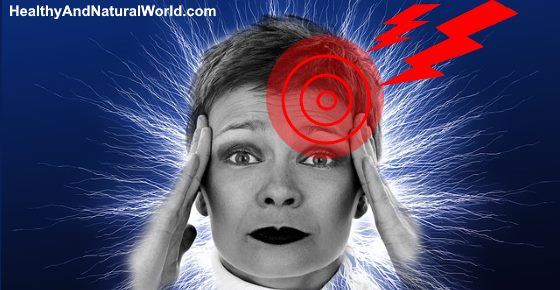
Dull throbbing or sharp pains on the left side of your head can affect your left temple, top of your head, or base of your skull. Left side head pain can be caused by lack of sleep, feeling hungry, being under stress, or irritated nerves in your head. Even though sharp stabbing pains on the left side of the head can be debilitating, they are rarely a sign of anything serious.
Sore Legs for No Reason: What It Means According to Science

Do you have sore legs for no reason and are puzzled why you have leg pain when walking or resting? Sore hamstrings, tight calf muscles, or pain behind your knee can affect your quality of life. Throbbing leg cramps, stiff muscles, aching pains, or tingling down one leg are all types of pain associated with sore legs.
Elevated White Blood Cell (WBC) Count: Causes, Treatments and More
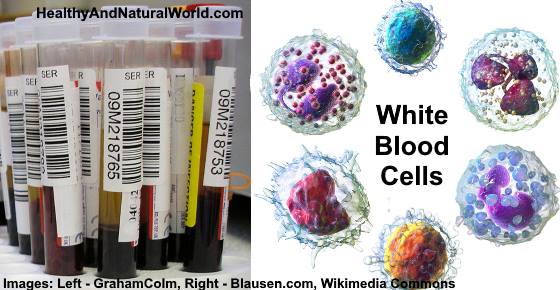
Doctors test for white blood cell (WBC) count to measure the number of white blood cells in your body. This blood test is usually done as part of a standard complete blood count (CBC) test. White blood cells are also called leukocytes and they are part of your immune system. They attack germs, bacteria, and microbes that can cause infections or inflammation. White blood cells can be divided into five main types: neutrophils, lymphocytes, monocytes, eosinophils, and basophils.
Coughing Up Green or Yellow Mucus: What It Means (Including Thick Mucus)
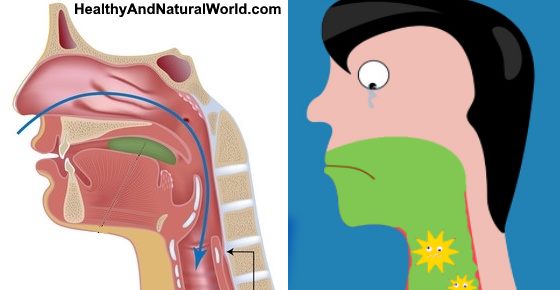
Coughing up green or yellow mucus usually means that you have some kind of a respiratory infection caused by a virus or bacteria. A yellow or greenish sputum is typical of the flu, bronchitis, sinusitis, or chest infection. Coughing up thick phlegm that is dark yellow or thick green can mean that the irritation is deep in your airways.
Swollen Cheek: Causes and Treatments for Swelling on One Side of Face
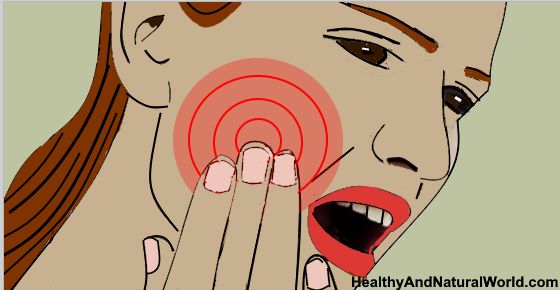
A swollen cheek could be a result of a tooth abscess, allergic reaction, or infection. Swelling on one side of your face can make your cheeks look puffy, cause your neck to swell, and even close your eye. Usually, a swollen cheek is nothing to worry about and the swelling should go down when you get plenty of rest. However, cheek swelling on one side or both sides could be a serious medical condition.
